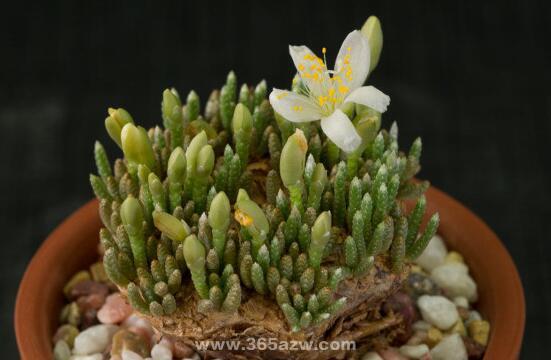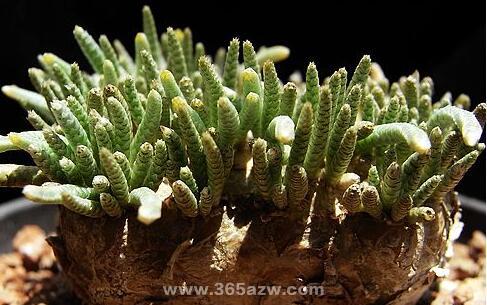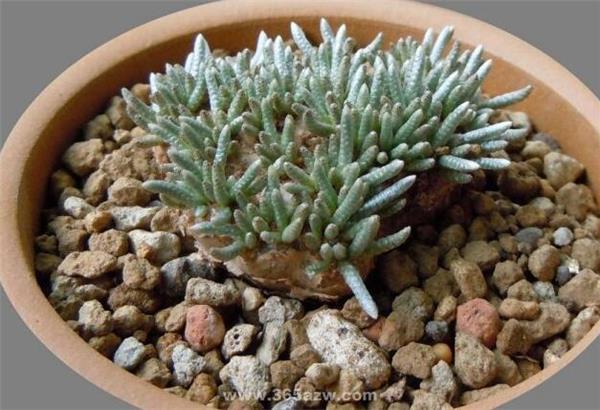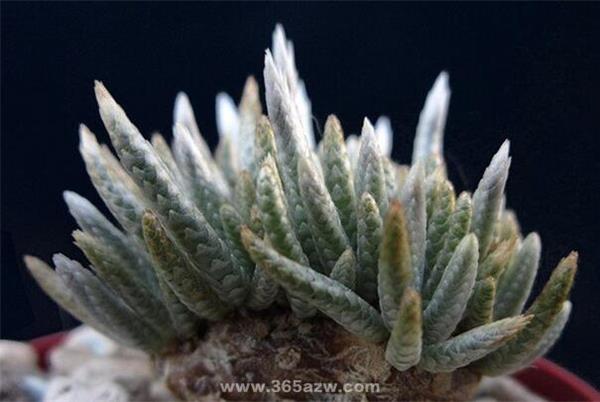Introduction to the species of Brocade
Phloem brocade is a special shape of succulent plants, there are many varieties, according to the different colors of flowers, safflower and so on, then we will introduce it in detail.

The genus Avoniaquinaria-- Portulacaceae is native to South Africa and Namibia. Perennial succulent, with tuberous roots, small leaves with stipules, papery stipules, enclosing fine leaves. With a base of 5, the flowering period is very short, and some species bloom for only an hour. Tenacity belongs to self-pollination, about three weeks of maturity.
The Propagation Mode of Physalis chinensis
The method of reproducing by sowing.
Cultivation techniques of Brocade
Bengjin originated in the desert of South Africa, like cool, dry and sunny environment, resistant to drought, afraid of stagnant water, but also afraid of hot and humid, slightly cold-resistant. The main growth period is from the end of September to April of the following year, when the twigs at the top of the rhizome begin to germinate and grow, which can be maintained in a place with sufficient sunshine, and water is irrigated thoroughly to avoid stagnant water in the soil so as not to cause root rot. Because of its slow growth and little need for nutrients, it is generally not necessary to apply additional fertilizer. Controlled watering in winter can withstand a low temperature of about 5 ℃. In summer, pay attention to good ventilation, avoid rain, strict control of watering, so as to avoid muggy and humid, basin soil caused by rot. The basin soil requires loose air permeability, good drainage and a certain particle size, which can be mixed with rotten leaf soil or peat, coarse sand or vermiculite, mixed with a small amount of bone powder and other calcareous materials, and can also be planted with red jade soil and other materials.
The Variety Classification of Brocade
There are two kinds of phloem brocade: White flower and safflower.

White flower tenderness brocade
The scientific name of Baihua tenderness brocade is: Avoniaquinariasubsp.alstoni
Safflower Brocade (A.alstonii) has deep pink flowers and other characteristics are basically the same as those of Brocade. Similar species of the same genus are silver silkworm (A.albissima), also known as goblin dance, with fleshy short stems, clustered fine round branches, densely covered with scalelike spiral leaflets; snow Chang'e (A.papyracea), also known as White Snake Hall, fleshy stems are short, stem tips are much branched, oblique or curved extending to the ground, stem surface white papery leaflets, tip white-green florets.
A.alstonii with deep pink flowers
Safflower tenderness brocade
The scientific name of safflower tenderness brocade is: Avoniaquinariasubsp.quinaria
Synonym: Anacampserosquinaria
The other characteristics are basically the same as those of Bengjin. Similar species of the same genus are silver silkworm (A.albissima), also known as goblin dance, with fleshy short stems, clustered fine round branches, densely covered with scalelike spiral leaflets; snow Chang'e (A.papyracea), also known as White Snake Hall, fleshy stems are short, stem tips are much branched, oblique or curved extending to the ground, stem surface white papery leaflets, tip white-green florets.

The Garden use of Phloem Brocade
Its peculiar shape, small branches and simple rhizomes reflect each other into interest, very much like stone anemones attached to the rocks, but also like dancing silver snakes, and the plant type is small, growing slowly, like living handicrafts, suitable for planting in small pots, placed in the sun, windowsill and other places, watch carefully in leisure, appreciate its magical charm.

This is the end of the introduction of this plant. I hope you can enjoy the content of the article shared today.
Related
- Wuhan Hospital Iron Tree Blooming Result Was Instantly Frightened by the Gardener Master
- Which variety of camellia is the most fragrant and best? Which one do you like best?
- What is the small blue coat, the breeding methods and matters needing attention of the succulent plant
- Dormancy time and maintenance management of succulent plants during dormancy
- Minas succulent how to raise, Minas succulent plant pictures
- What are the varieties of winter succulent plants
- How to raise succulent plants in twelve rolls? let's take a look at some experience of breeding twelve rolls.
- Attention should be paid to water control for succulent plants during dormant period (winter and summer)
- Watering experience of twelve rolls of succulent plants
- Techniques for fertilizing succulent plants. An article will let you know how to fertilize succulent plants.



